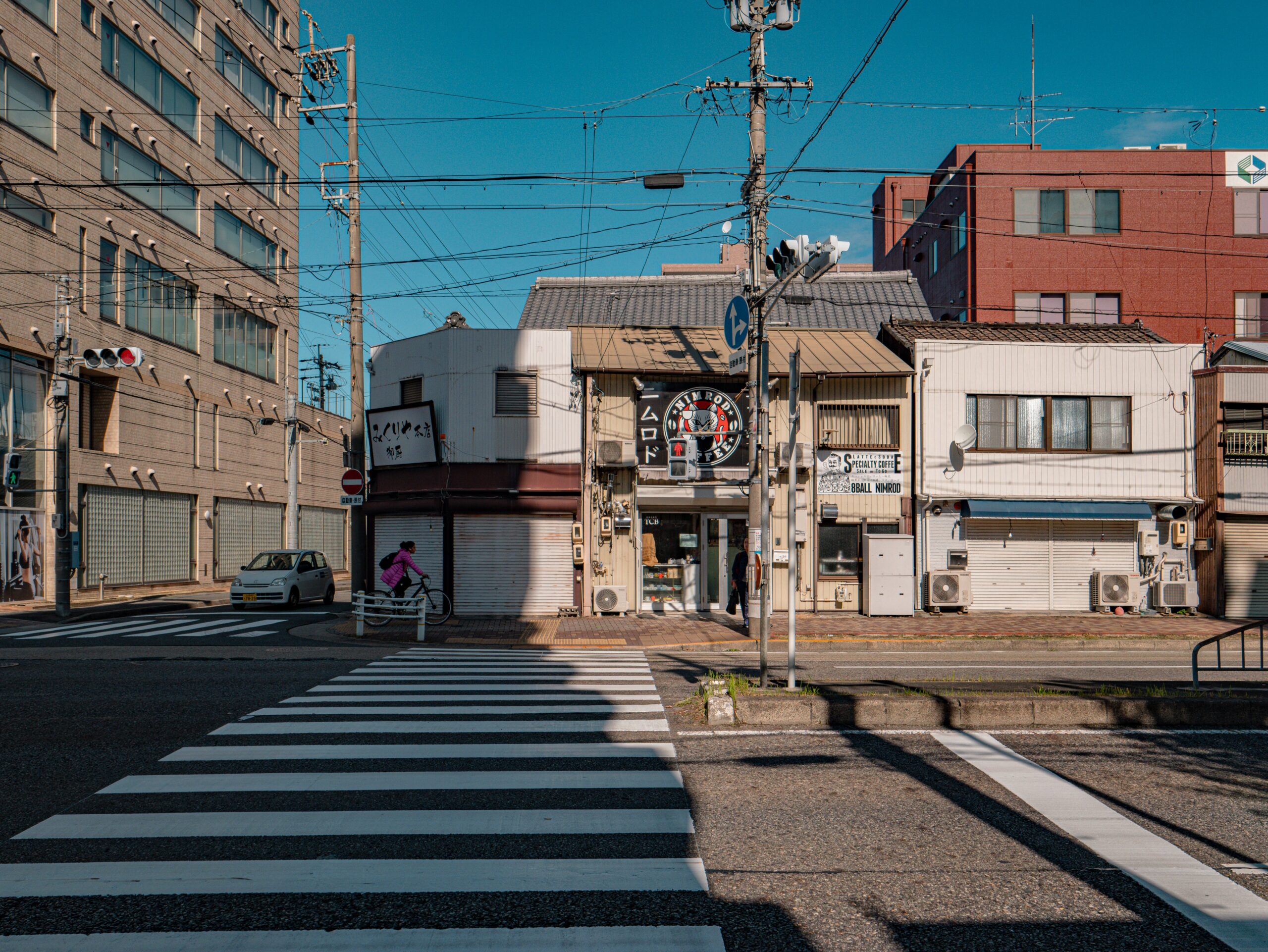A month after a powerful earthquake struck Japan’s west coast, survivors are grappling with freezing temperatures and unsanitary conditions, with tens of thousands of homes still lacking running water. The aftermath of the magnitude 7.6 quake has left more than 230 people dead and 44,000 homes fully or partially destroyed, while 40,000 homes remain without running water. Over 13,000 residents are residing in evacuation centers, facing the risks of respiratory infections and gastroenteritis.
In the isolated Noto peninsula, some areas may not have water restored for another two months, according to the Ishikawa prefecture government. This exacerbates the challenges for those in crowded evacuation centers, where residents are contending with freezing conditions and the increased risk of infections.
Yoshio Binsaki, a 68-year-old resident of the coastal town of Suzu, described the difficulties faced by survivors, stating, “There’s no water, so we can’t wash our clothes or bathe.” Many are forced to carry water tanks to meet their basic needs.
Chisa Terashita, a mother of three who evacuated from her damaged home in Suzu, highlighted the tough decisions families must make to ration water for their well-being. She emphasized the importance of handwashing to prevent infections.
The bitter cold further compounds the challenges, particularly for those sleeping in cars after their homes were destroyed. Heavy snowfall in the region has increased the risk of landslides, adding to the precarious situation.
Public health experts point to the potential health risks in evacuation centers, recalling the devastating Kobe earthquake of 1995, where over 900 deaths occurred post-quake due to the spread of flu and lack of medical care. To address this concern, authorities in Ishikawa prefecture plan to begin vaccinating evacuees for influenza.
In the midst of these hardships, communities are coming together to find solutions. At a primary school in Suzu, where many houses still lack water, residents gather around a communal water tank. Soldiers have set up makeshift public baths to provide some relief to those facing difficulties in accessing basic amenities.
As the recovery efforts continue, the resilience of survivors and the collective response to challenges showcase the human spirit in the face of adversity.
![]()
